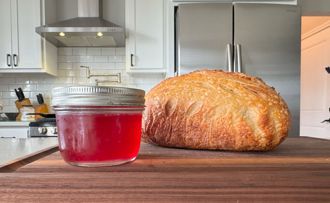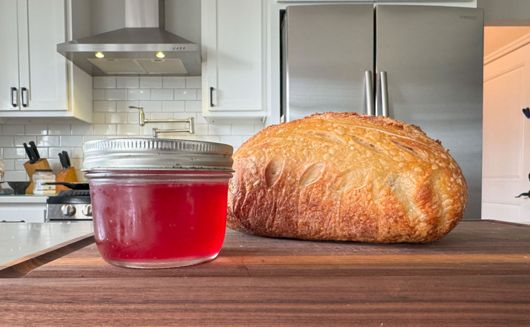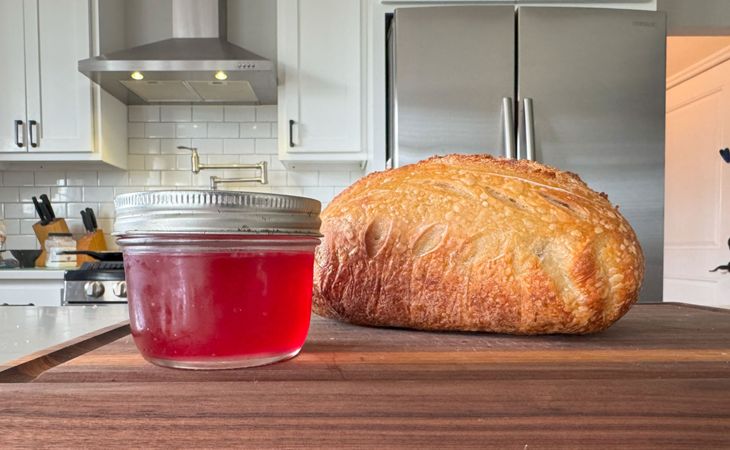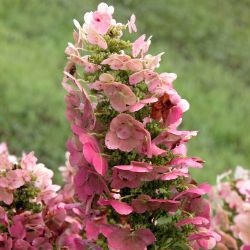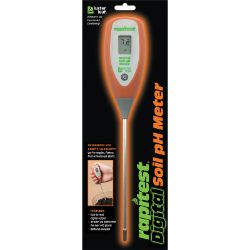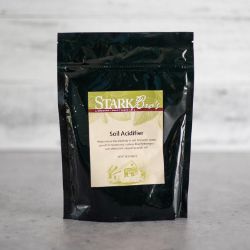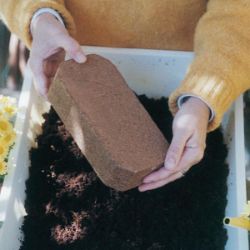Planting Hydrangeas
Successfully establishing a new shrub in your yard starts with your planting site and method. Make sure you give your plants the right foundation! All Stark shrubs can be planted as a hedge forming a beautiful living fence. Space privets 8"-12” apart and lilacs 3'-5’ apart.
NOTE: This is part 4 in a series of 10 articles. For a complete background on how to grow hydrangeas, we recommend starting from the beginning.
Planting Steps
- Before planting: soak roots in a tub or large trash can of water for one to two hours to keep them from drying while you dig. Do not soak more than six hours. DO NOT expose roots to freezing temperatures while planting. Your trees and plants may be planted even when temperatures are quite cool. Generally, as long as your soil is workable, it is fine to plant. If a hard frost is expected, it is advisable to delay planting for a while until temperatures become more moderate.
- Dig the hole deep and wide enough so the root system has plenty of room. (Keep the topsoil in a separate pile so you can put it in the bottom of the hole, where it’ll do the most good.)
- Roots grow better in soil that’s been loosened, so mix in our Coco-Fiber Potting Medium into your pile of topsoil. You can also use dehydrated cow mature, garden compost or peat moss (up to 1/3 concentration).
- Fill the hole, putting the topsoil back in first. You can avoid creating air pockets by working the soil carefully around the roots and tamping down firmly.
- Create a rim of soil around the planting hole 2” above ground level. This allows water to stand and soak in. (In the fall, spread soil evenly around tree to prevent damage from water freezing around the plant.)
Post-Planting
- Water your new shrub. Deep, thorough soaking is best, with a solution of Stark® Tre-Pep® Fertilizer. (If planting in the fall, wait to fertilize until spring for best results.) This effective starter fertilizer helps trees and plants grow quickly and vigorously. After watering, if soil compacts, be sure to add enough soil to fill the hole to ground level.
Potted Shrubs
- Make sure the pot is well watered and nicely moist to ease the stress of transplanting.
- Dig a hole larger than the size of the root-ball to thoroughly loosen the surrounding soil.
- Backfill the hole until it is large enough to accommodate the root-ball.
- Shrubs should be planted at the same depth they grew in the pot.
- Potted shrubs generally do not need such pruning at transplant time. In later years, your shrub may be trimmed to keep it in bounds.
One final point: Please be sure to remove the nametag from your plant. As the plant grows, this small piece of plastic can choke off the circulation, damaging or killing it. If you’d like to keep the tag on your plant, retie it loosely with soft twine.

